Let's say that you walk throughout the house and notice that the air temperature is unusual in some rooms. You might need proper air distribution by redirecting it from vents across the entire house. We're here to help you! We've researched how to redirect the air from the vent and why it is important.
It's important to maximize air circulation efficiency depending on how you want the vent to function. See below for some ways you can redirect the air from the vent, which are also applicable for ceiling vents:
- Install a vent deflector.
- Use a ventilation hose.
- Make a new air exit.
In this article, we will be learning ways to redirect the air from the vent. We'll discuss why changing airflow direction is important and some reasons for doing so. You've got a lot to learn from us! Just keep reading.
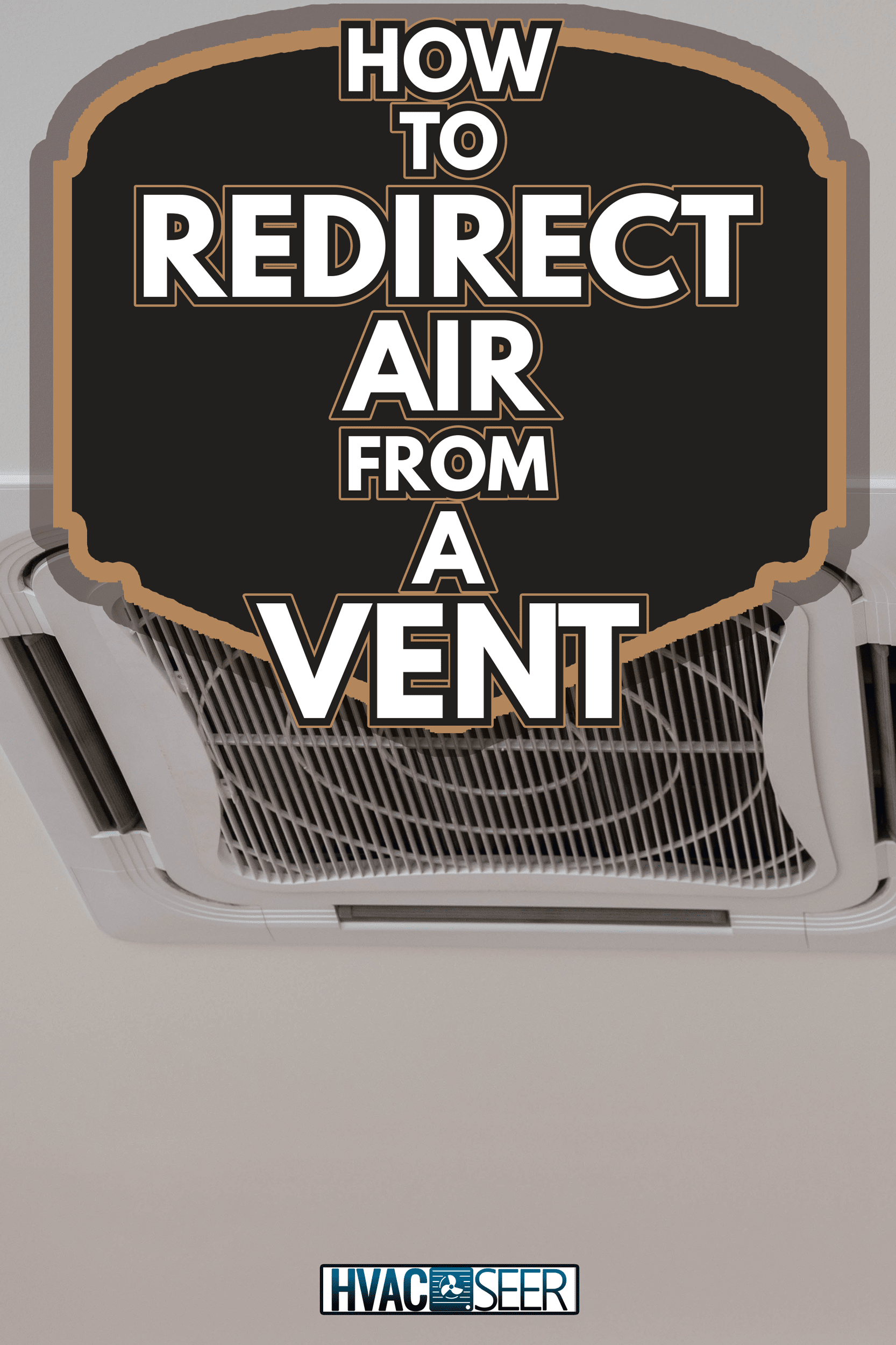
Redirecting Air From Vents
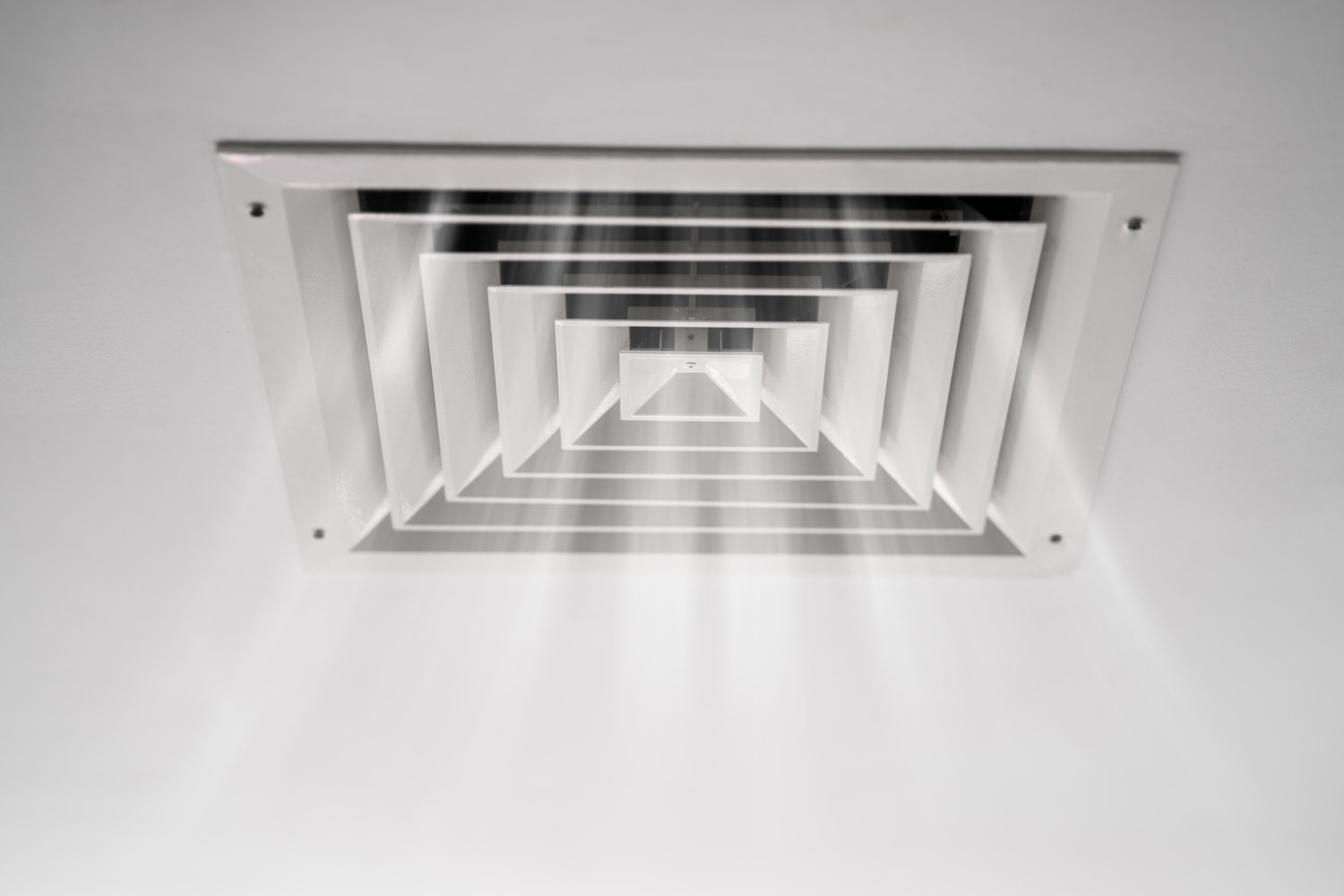
Redirecting the airflow is good for improving air circulation. This can help distribute the air across the room properly. Consider the list below for ways to redirect the air.
1. Install a Vent Deflector
A vent deflector is a material that acts as a barrier to divert the direction of the air. It's usually made of plastic and is attached to air vents. You can use it to control the air circulation depending on where you want the air to flow.
Vent deflectors can function differently depending on the manufacturer. Just make sure to find the right size and shape for your air vent.
See this vent deflector on Amazon.
Follow these steps to attach a vent deflector:
- Remove the grill on the air vent.
- Adjust the vent deflector depending on the size of the grill.
- Attach the deflector facing the direction you'll want the air to go.
- Put back the grill, then lock it with a screw.
- Activate the air vent and observe the result. The airflow should be better afterward.
2. Use a Ventilation Hose

A ventilation hose can direct air to a farther distance. Its purpose is quite different compared to that of the vent deflector. For instance, you want to ventilate the living room without ventilating the room it passes through.
It's important to control the airflow to the exact spot you want the air to fill. With a ventilation hose, you can control the air circulation in any specific area you like.
See this ventilation hose on Amazon.
You should keep the hose free from movement by pinning it to the wall or ceiling. You can use a hose clamp for that.
See this hose clamp on Amazon.
Install a ventilation hose with these steps:
- Cover the portion of the vent with a wooden sheet, leaving an opening for the hose to fit.
- Attach the ventilation hose to the open space by wrapping it with duct tape.
- Stretch and point the other end of the hose to the area you want to ventilate.
- Use a hose clamp to prevent the hose from hanging.
- Turn on the vent.
3. Make a New Air Exit
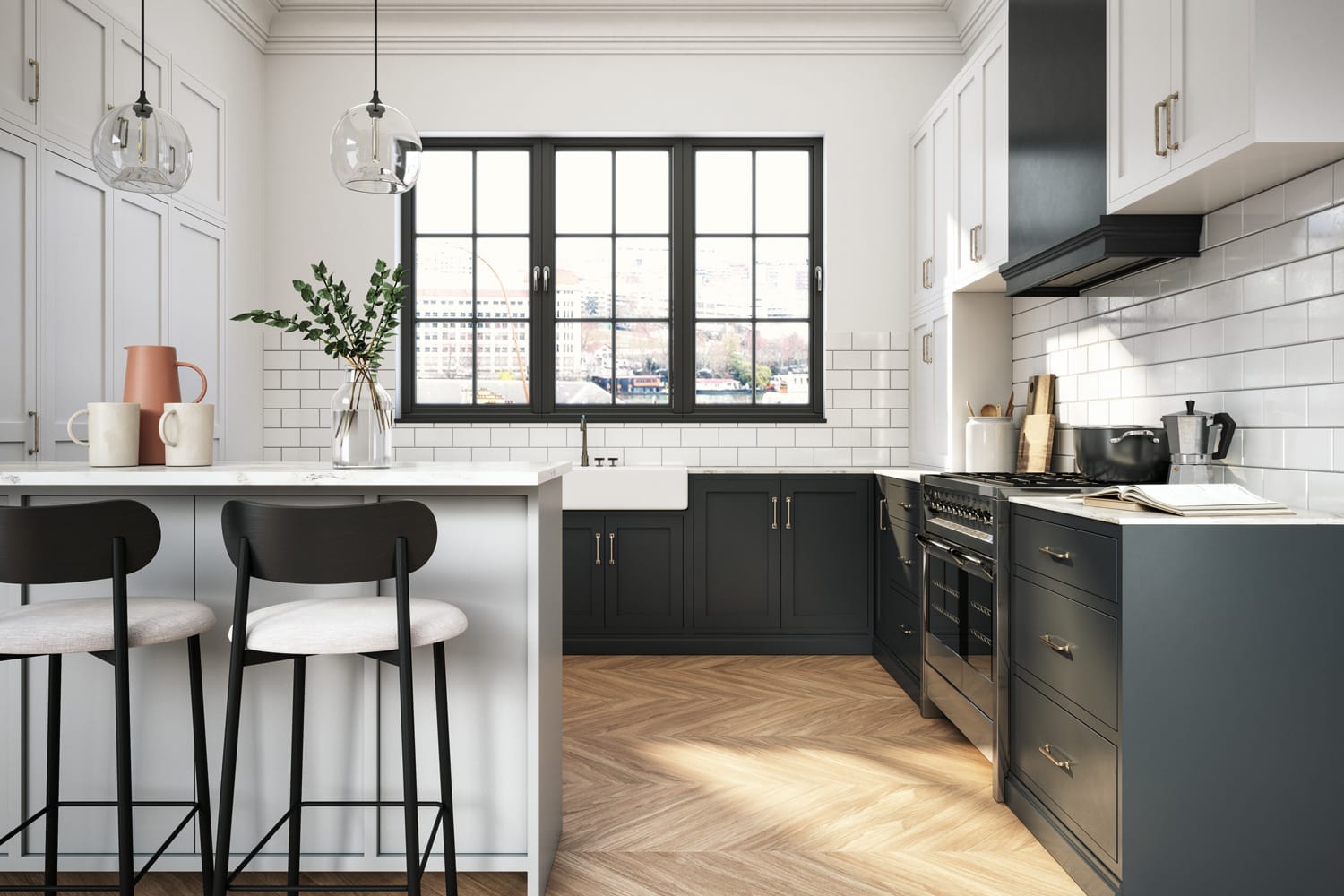
Another way to redirect airflow is to open a new air exit. It can be a hole in the wall or a new window.
An air exit can help share the air circulation across the adjacent rooms. The air will pass through the new air exit and fill the room with the temperature you desire. You might need guidance from a professional to create a new air exit.
About Ceiling Vents
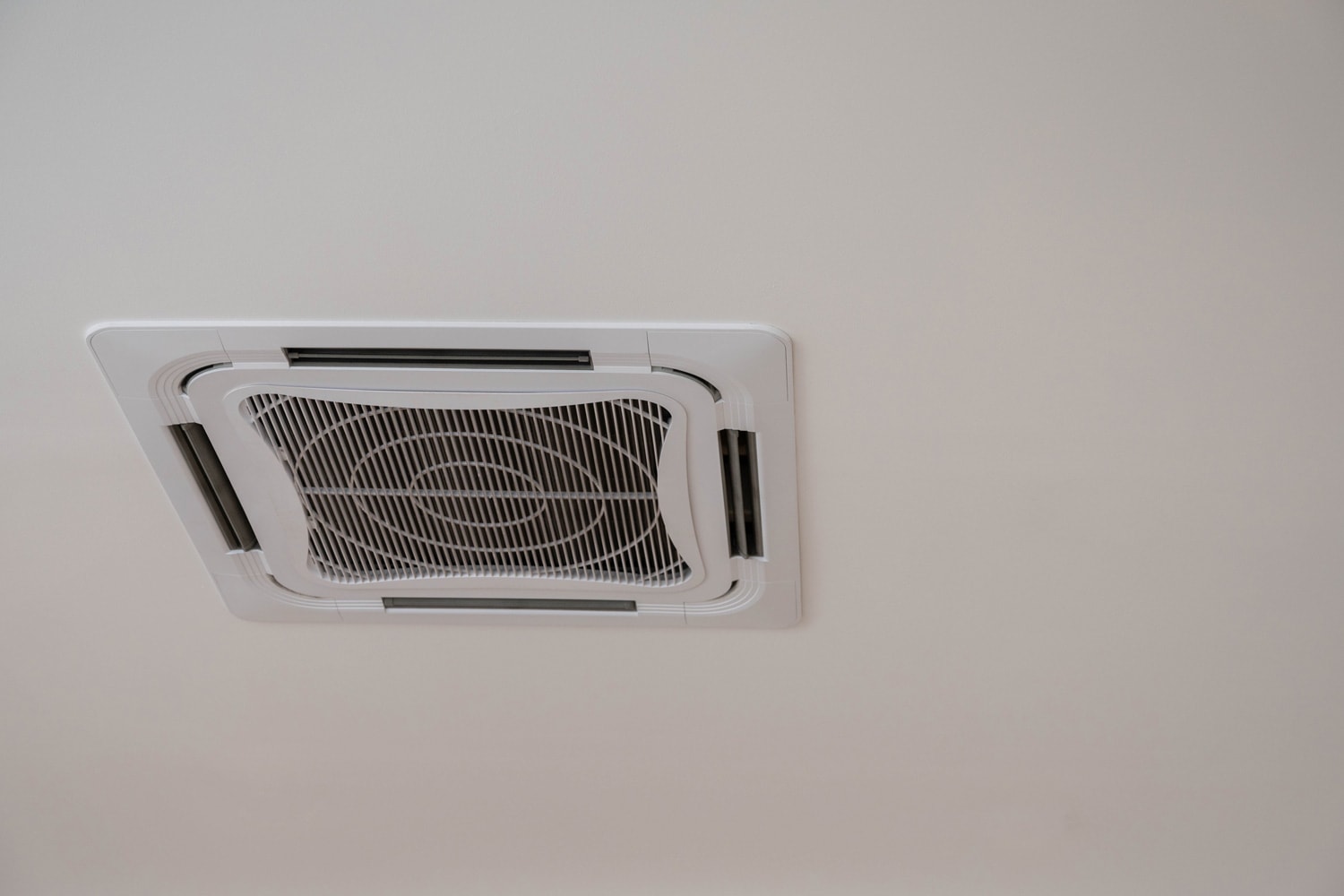
You can redirect air from ceiling vents in the same way as stated above. It's best to be certain that the ceiling vents are in a vertical direction instead of being diagonal. This ensures that the air will circulate longer before it exhausts.
If your house has a higher floor, you may create a hollow on the ground and connect the ceiling vent to it. In this way, you're redirecting the air from the ceiling below. However, this technique is applicable only if there's a ventilation tunnel between the ceiling and floor.
Prepare these needed tools:
Drill
Use a drill to create a hollow between ceiling and floor.
Hammer and Nail
You need a hammer and nail to attach the wooden frame later.
See this set of nails and hammer on Amazon.
Vent Cover
Find a vent cover with a size enough to cover the hollow.
See this vent cover on Amazon.
To create a vent on the floor connecting with the ceiling vent from below, follow these steps:
- Locate where the ceiling vent is placed. This is to connect its hose to the floor vent.
- Using a drill, create a hole on the ground. Make it in the shape of a rectangle.
- Make a wooden frame around the perimeter of the hollow you've drilled.
- Attach this wooden frame with nails, then attach also the vent cover on the hollow.
- Turn on the vent. The air should be shared between the ceiling and the floor of the two rooms.
Why Redirect the Air?

Redirecting the air is done on purpose. There are good reasons to do it, but you should consider its possible outcome. See below for some good results to expect.
Improves Room Temperature
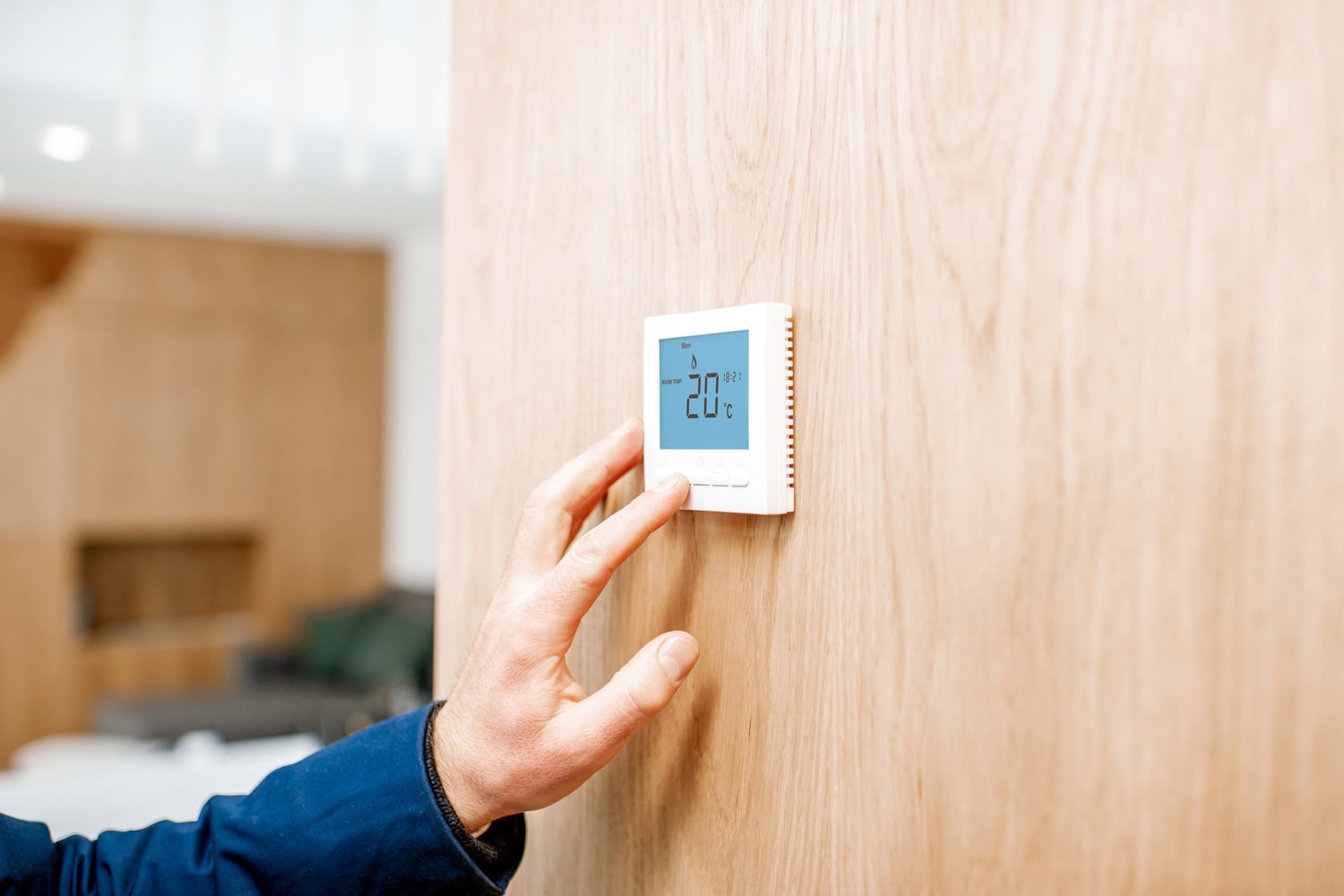
By redirecting the air, you can improve the room temperature. It helps distribute air across various areas of the house.
Let's take this good example. The air vent makes you feel cold. You don't want to turn it off because there are other people in the room who want the vent to stay on.
You gain control over the air temperature by knowing which spots in the house have no proper ventilation. With the reaction of people around you to the temperature, you can tell that the air has an imbalance in circulation.
That's why redirecting the air also maintains the proper temperature inside your house.
Saves Energy
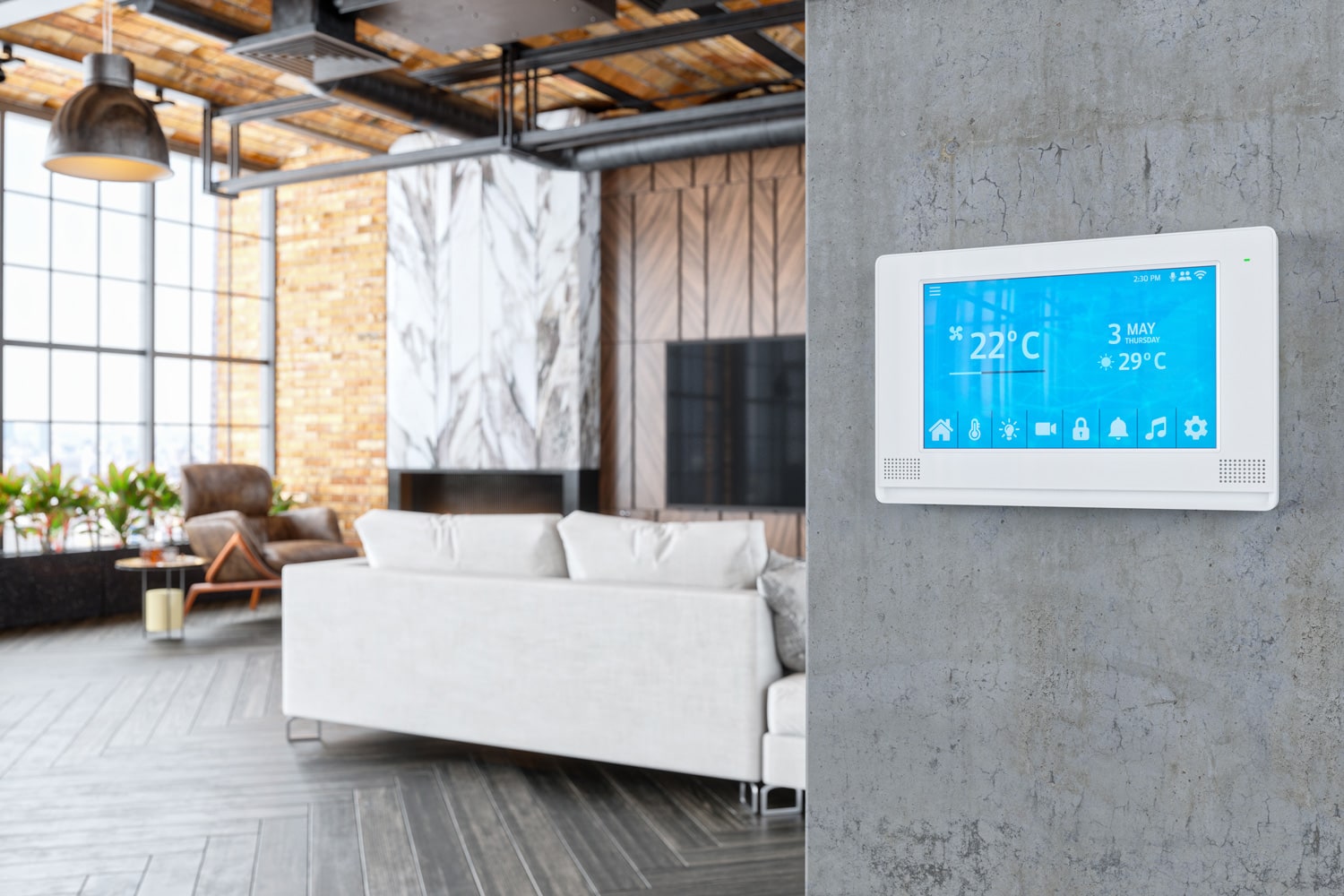
Too much venting takes a lot of energy. But you can reduce energy consumption by redirecting the air from vents throughout the adjacent rooms. There's no need to spend a lot of money on a new ventilation system. You can simply redirect the air and cut the cost.
Conserve energy by redirecting the air vent away from windows, so that the air will circulate in the room before it exits.
Protects Furniture
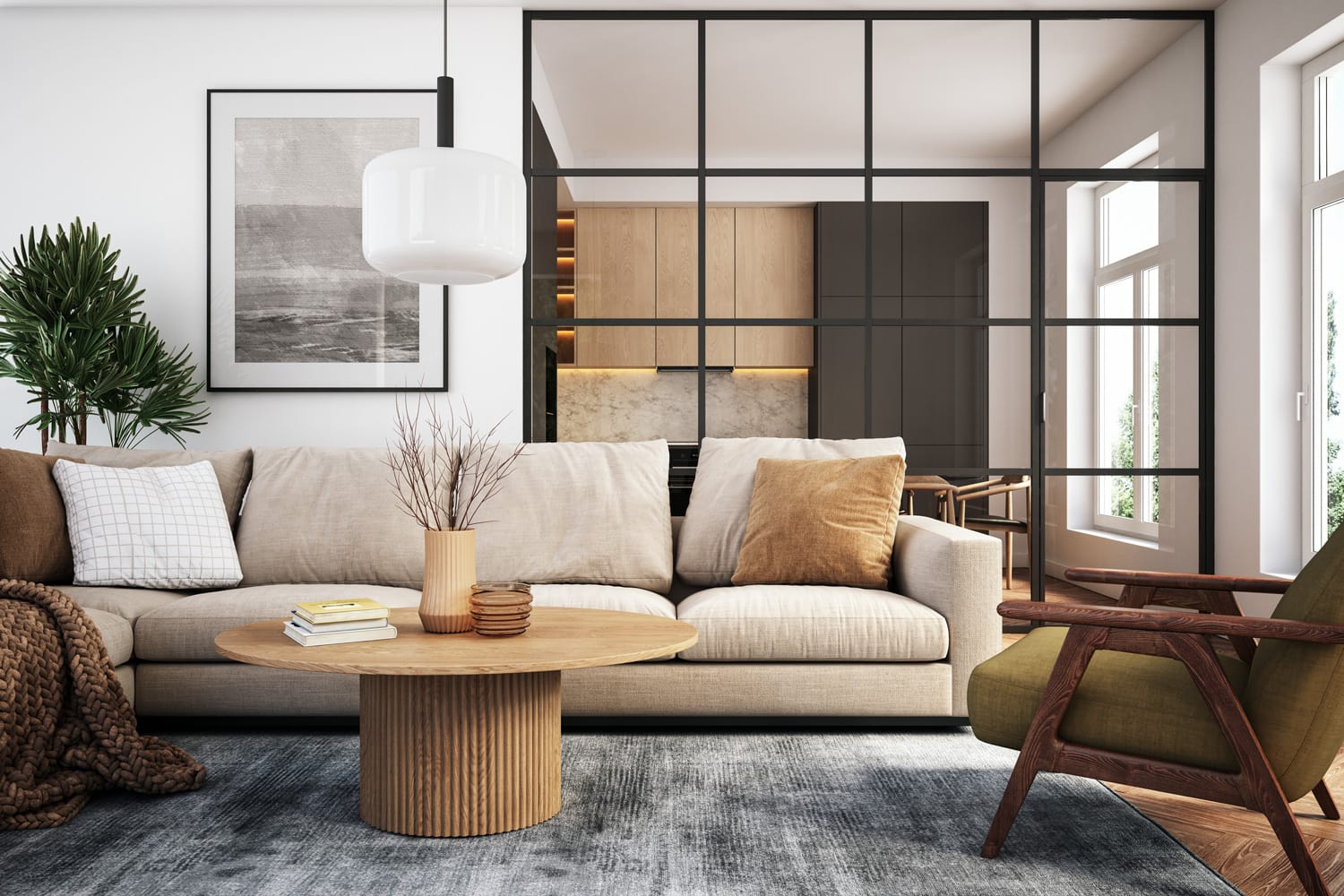
Furniture, like a leather sofa, could obtain damage when exposed to vents for a very long time. However, redirection of airflow protects the furniture from prolonged air exposure.
Where to Redirect the Air?
Ideally, vents should face downward to get even air volume in all spots of the room. Doing so can prevent the air from escaping out of the room too early. When the vent is facing the window, the efficiency is lower because it exhausts faster.
How to Identify a Properly Ventilated Room
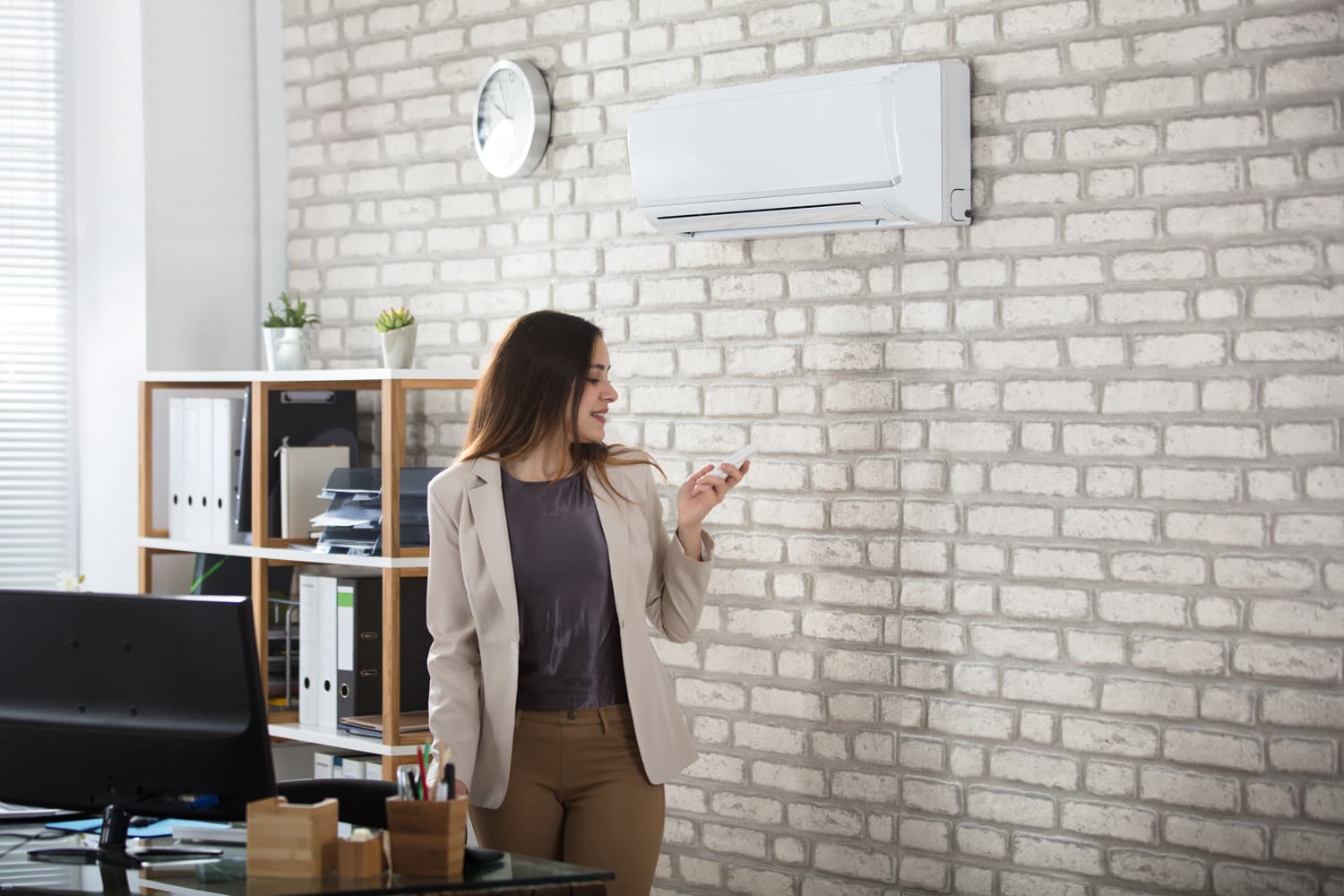
Knowing if the room has proper ventilation is important. It helps minimize health risks like suffocation, shortness of breath, and lung problems.
See below for these basic things to consider for the room to have proper ventilation.
Air Source
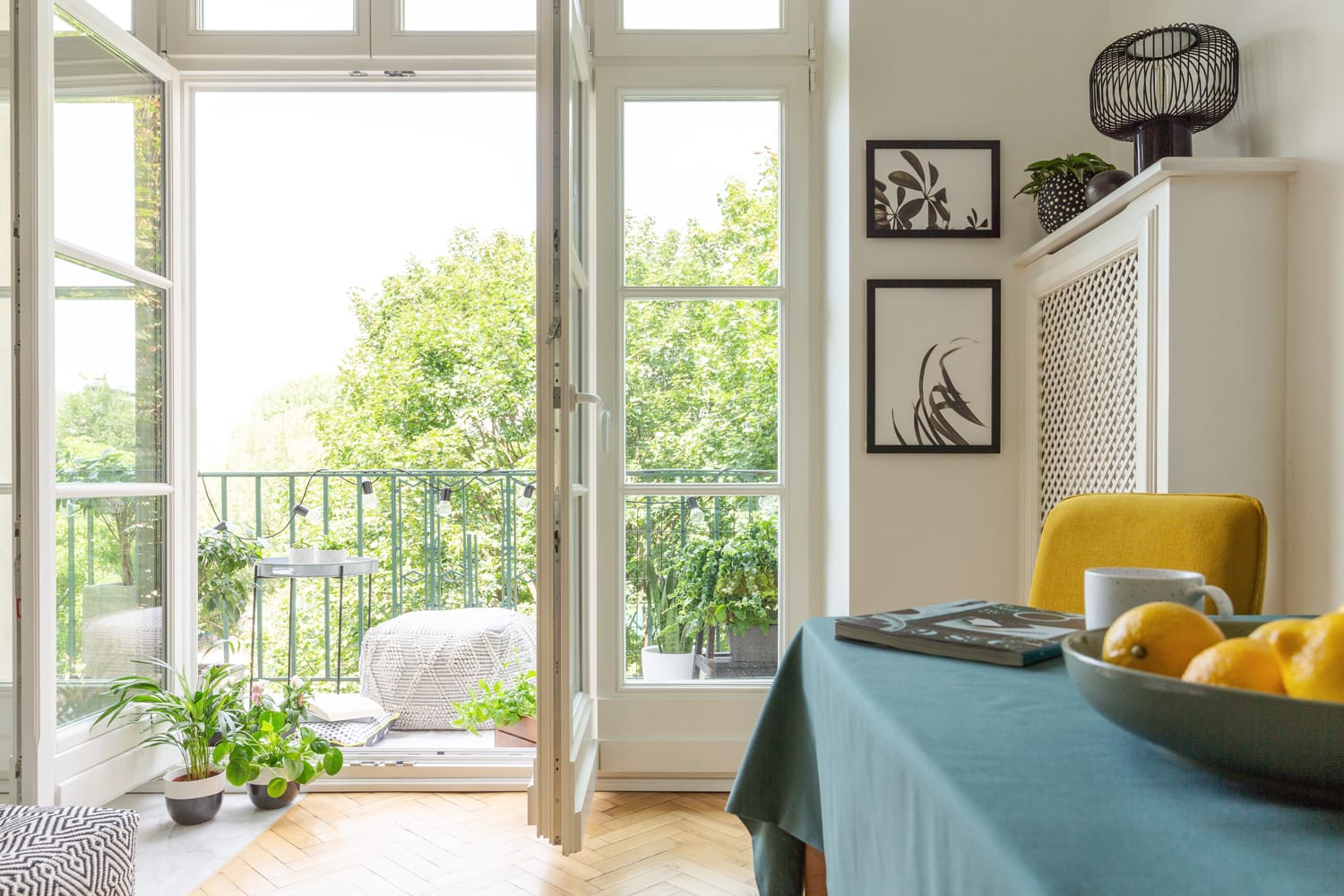
A breathable room has a natural air source, which refers to an open space as the passageway of external airflow.
A window is a hole in a wall to let the air from the outside fill the room. It's crucial that a house has around 2-4 windows for every external wall. These windows serve as the most effective source of natural air.
However, some rooms do not have a window. It is strongly advised to install windows in all rooms to ensure safer air inhalation. The windows can reduce the efficiency of air circulation.
Exhaust
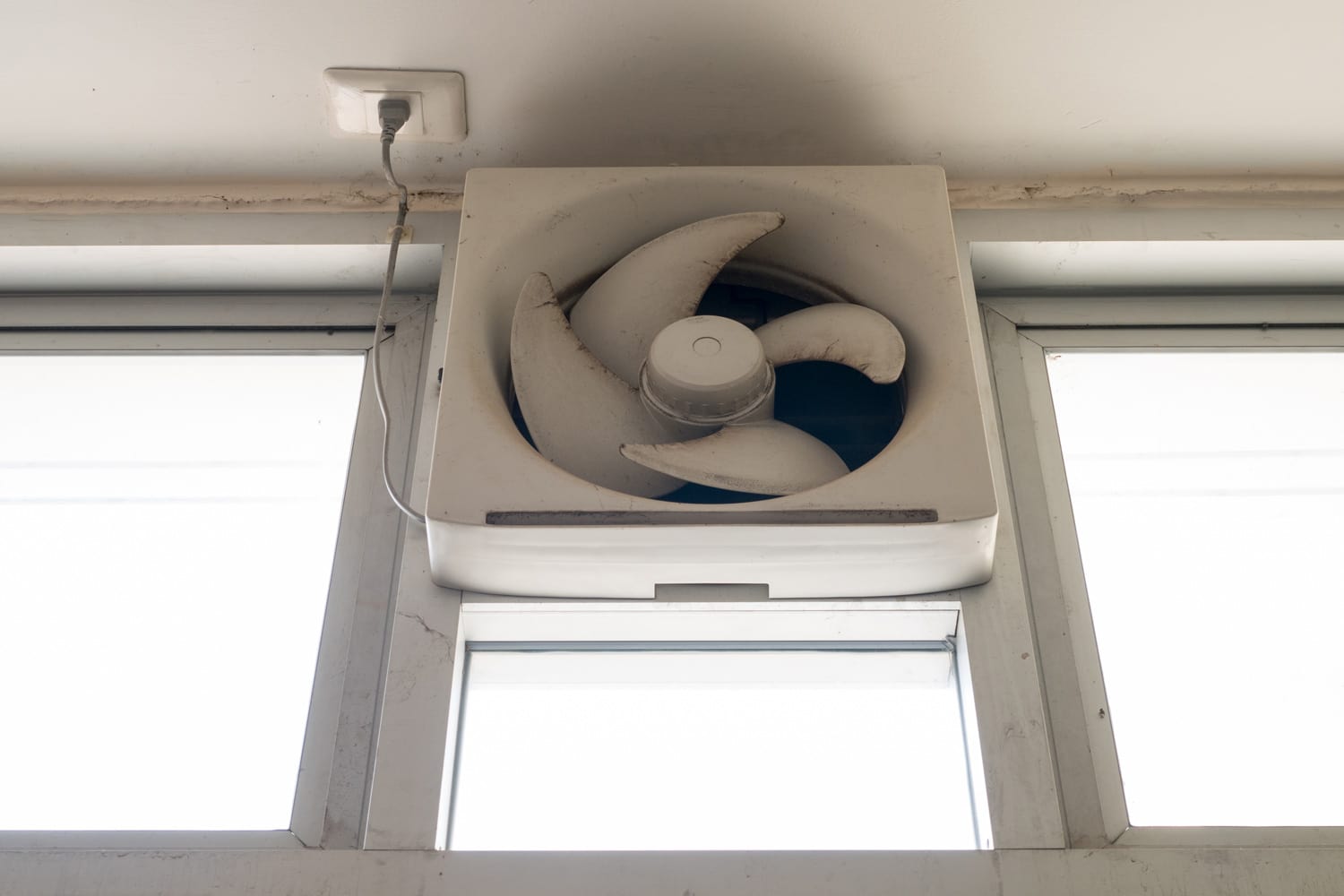
Exhaust is the exit of airflow after it has circulated across a room. It's a hollow that usually has a fan to suck the polluted air towards outside spaces. It also helps cool down the room temperature by renewing the air circulation.
The air we breathe needs to be replaced after we inhale it. An air exhaust drains out excessive air volume as well as moisture to keep the air inside in its ideal condition.
Ventilator
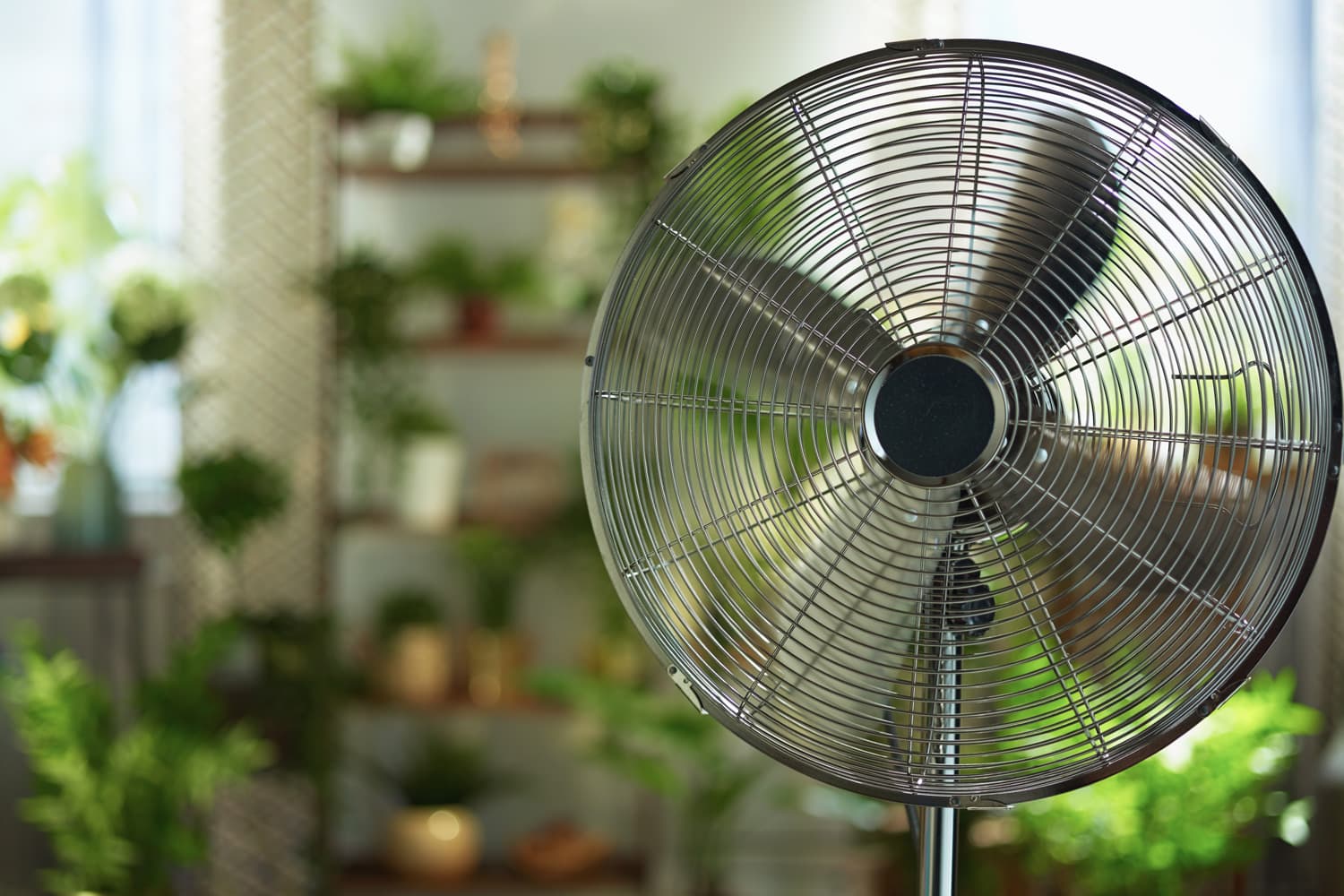
A ventilator helps the air circulate throughout the room when there's not enough force, such as natural wind, to support the air movement. It's significant that the air we breathe does not stop circulating, as the temperature may heat up if the air is dead.
A common example of a ventilator is an electric fan. It has blades that keep rotating, which distribute the air on all sides of the room. If we do not use a ventilator, we'll lose control of the room temperature.
Conclusion
You've learned from us about the importance of redirecting air from the vent. We've shared with you steps on redirecting the air and where it should circulate.
We've identified a properly ventilated room so that you can check your own room to see if it's receiving sufficient air.
It's important to improve the air vents by deciding which spots in the room need more air volume. Remember that proper air distribution is good for your health.
Do you find this article useful? You might also want these:






